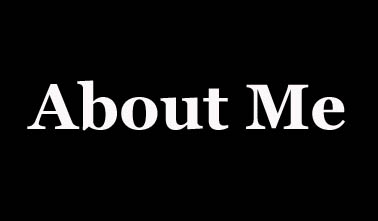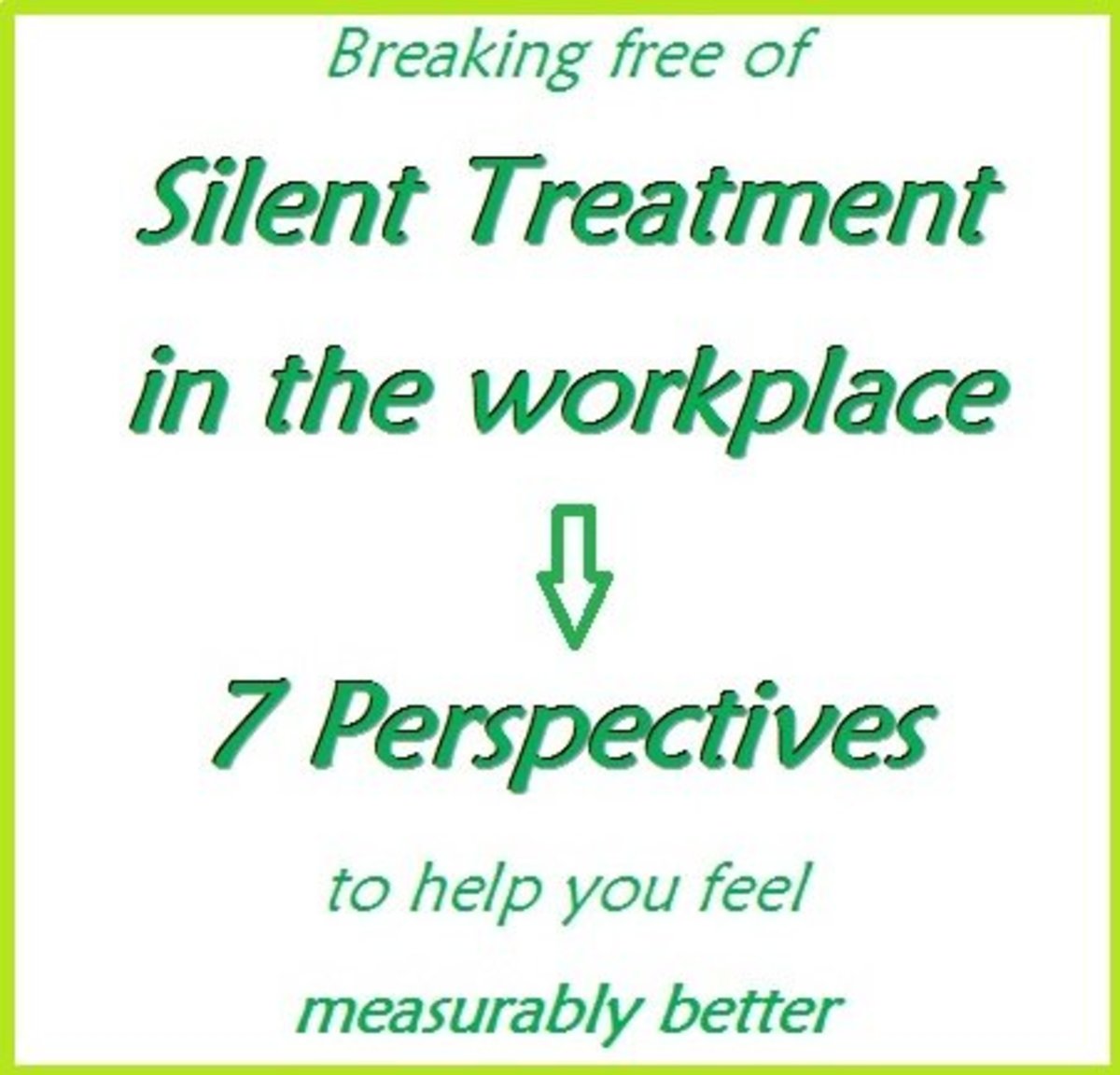5 Steps to Make Lasting Connections with Recruiters on Twitter

There’s a good chance you have been asked at some point if you Twitter or send tweets. Despite the cute name, Twitter represents a powerful social media form that can be used for a number of reasons ranging from following a celebrity to finding a job. It’s easy to underestimate its power until you realize Twitter has been instrumental in the development of social entrepreneurship which mobilizes people to solve important social problems through charity, initiatives, for-profit efforts and so on.1 You may be wondering how Twitter based social entrepreneurship and finding a job connect.
Here’s a perspective to consider: one of the most important social problems today is the high level of unemployment experienced in countries around the world and its far reaching consequences for economic security, health and welfare, and the common good. If you’re looking for a job, the power of Twitter can help by connecting you to recruiters that would be difficult to connect with otherwise. It doesn’t matter if you live in Singapore or Seattle or Sao Paulo, Twitter can help you reach out to local or global job recruiters.
Positioning Yourself Online for Employment
Briefly, Twitter is a service that relies on short, quick and frequent communications called tweets. In fact, you are limited to 140 character messages that can also contain links. You choose people or topics you want to follow and each time they post a tweet, you can read it on your Twitter account home page. It’s also possible to have tweets delivered to your smartphone. In return you can send tweets to people following you.
In a hypothetical example, you decide to follow a job recruiter at FindaJobSingapore@jobsearchSingpore. The name of a Twitter user follows the @ symbol. Every time the recruiter posts a tweet with a job tip or a job opening, you have access to the information as a follower. Once you locate tweeting recruiters, you then begin to make contact through Twitter or other social media sources to hopefully establish an online relationship or rapport. Twitter has a number of features but that’s basically how it works.
The good news is that the Asian job market has been robust despite the recession. Employers are looking for qualified candidates to fill jobs in places like Singapore and Hong Kong. Social media programs like Twitter enable you to link into the job market in a way not possible before social media. However, like most things in life there are methods for insuring you maximize results. For example, it’s important to use more than one social media site, but they need to be professional sites like Twitter and LinkedIn. Then you can get busy building relationships, which in the case of job hunters will mean focusing on developing relationships with job recruiters and positioning yourself as a qualified professional.2


More Than One Approach
Best practices using Twitter to connect with recruiters are not complicated, but they do require consistency and follow through if you expect to succeed. The first step is finding job recruiters you want to follow. There are several approaches that work:
- Do a Twitter Search for “recruiter” in Twitter Search or narrow the search to “recruiter” and the name of the city where you would like to look for work like “recruiter Singapore”. You can also use words like “career help” or “job search” if you are looking for employment assistance.
- You can also use Twitter Search and search on hashtags. Hashtags are organic categories people create by adding a # sign before keywords in their tweets to make it easier for followers to locate their tweets based on topic interest. For example, you may do a Twitter Search on #HongKongjobs or #Sydneyjobs. A third party site named hashtags.org lets you do a search of hashtags and produces a list of messages or tweets.
Followerwonk.com is another site that allows you to search Twitter bios, compareusers,and analyze, track and sort followers. You sign in with Twitter. In the bios search box, just type in “job recruiters” or “job recruiters (city name)” and get the names ofrecruiters andrecruiting companies you can follow.
You will have to play around with a variety of hashtags to find how people are tagging job related words. If no results are produced, just keep trying because you want to learnanduse the keywords others are using to discuss the topic of interest so you can usethem inyour own tweets.
On the other hand, if too many results are produced you will need to add constraints to your keyword search string.
- Once you get a list of tweets and the @user names then just click on the ones of interest and you are taken to the Twitter page for that user where you can read tweets, read about the company, find the website name and enter your name and email address in most cases. After you find recruiters in Twitter, don’t forget to click follow so you get their tweets. You may also find the search list has actual job listings in it giving you the perfect contact opening.
- You can also click the retweet link in the tweet listings to send the tweet to your personal followers. This begins a networking process that is sure to lead to new connections. People and businesses appreciate shared tweets because that’s what networking is all about. You share job listings with your followers and positions filled based on your retweeting just may help you find a job.
- When you find recruiters that you want to follow on Twitter, network with them through LinkedIn also which is the professional social media site. First find job recruiters by doing a search. Then invite recruiters to connect with you by using the LinkedIn “connect” link. Write a brief message that explains you follow them on Twitter and want to network on LinkedIn also. Be sure to include your Twitter name. LinkedIn and Twitter can actually be connected through well placed links.3
Hashtags can be powerful tools but they need to be used in a professional manner to make and keep connections with recruiters. It should go without saying that the #hashtag should be professional and unique. You may see a hashtag that someone else is using and like it, but unwritten hashtag etiquette says you need to respect authorship.

Always Make a Good Impression
Tweets should also be written in a way that leaves a good impression. You are trying to connect with people who can help you get a job. Each tweet should be written as if it’s a 140 character resume statement – friendly but not pompous. Prudent use of words is always the rule. People are learning the hard way that anything added online becomes a statement in a public forum, and you don’t know who will stumble on it via following or connecting through links.
The key to social networking on any media site is to make lots of connections. The more connections you make, the more likely you are to find job leads or to develop an ongoing connection with recruiters who will begin to keep you in mind for available positions. Most large corporations have Twitter accounts and some even pay a staff member to monitor tweets looking for the next creative or innovative thinker who can problem solve.
One more piece of advice is in order. After connecting with recruiters, don’t give up. People have come to expect rapid results because of the easy and fast accessibility of information on the web. Like most things in life, Twitter must be managed and regularly worked to produce the desired results. However, make the recruiter connections, maintain a professional demeanor and take opportunities to make contact when the timing is right and you are sure to find employment.
References
1 Ortiz, Claire Diaz. (2011, September 6). Harness Twitter, Change the World. Retrieved from Washington Post: http://www.washingtonpost.com/national/on-innovations/harness-twitter-change-the-world/2011/09/05/gIQANzKL4J_story.html
2 Sonia Alleyne. (June 2011). Getting that first job: a recruiter offers coaching tips for prospective new hires. Black Enterprise , 62+.
3 Brooks, Katharine. (2011, January 31). Career Transitions - Using Twitter in Your Job Search. Retrieved from Psychology Today: http://www.psychologytoday.com/blog/career-transitions/201101/using-twitter-in-your-job-search

This hub brought to you....
by Julie-Ann Amos, professional writer, and owner of international writing agency www.ExquisiteWriting.com
Why not create your own HubPages? It's fun and you can make revenue from Adsense and other revenue streams on your pages. JOIN HUBPAGES NOW - SIMPLY CLICK HERE...
This work is licenced under the Creative Commons Attribution-Non-Commercial-No Derivative Works 3.0 Unported License. To view a copy of this licence, visit http://creativecommons.org/licenses/by-nc-nd/3.0/ or send a letter to CreativeCommons, 171 Second Street, Suite 300, San Francisco, California94105, USA.





